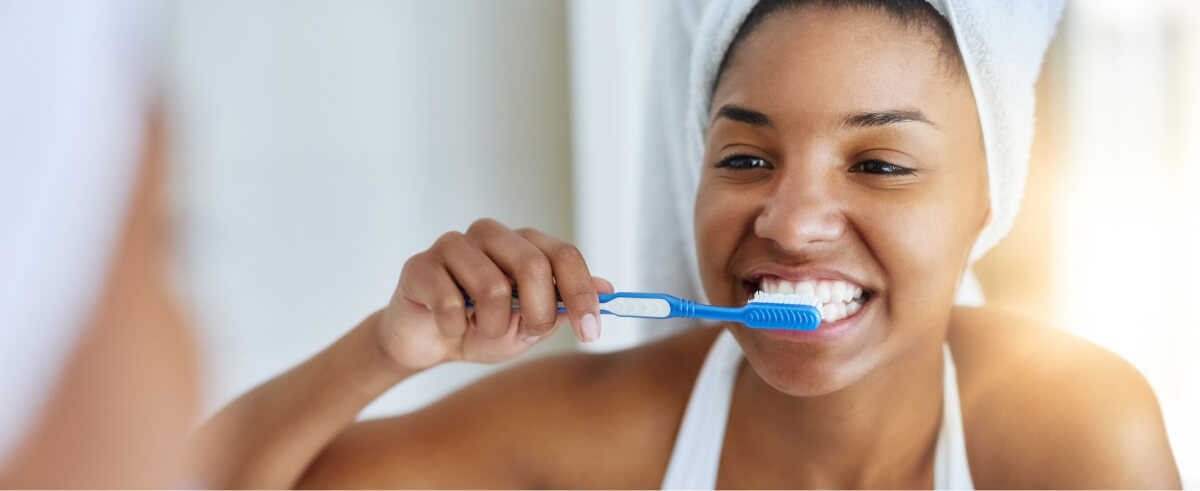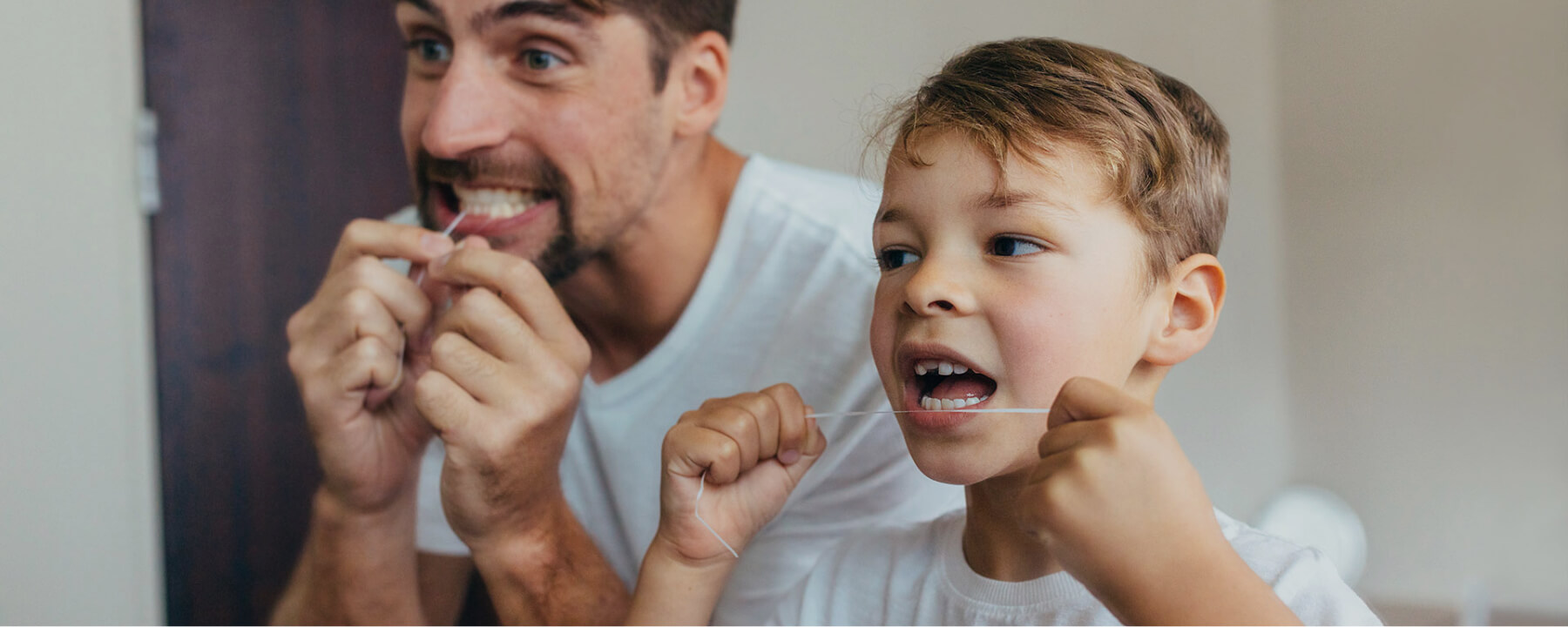How to Properly Brush & Floss
Brushing and flossing are the key essential to oral hygiene. Though bi-annual professional dental cleanings exclude plaque, tartar, and debris, great homecare methods are equally important. Proper brushing and flossing can improve the mouth’s health, make the smile sparkle, and deter severe complications.
The importance of proper brushing and flossing:
Prevention of Tooth Decay – Tooth decay is the most common and foremost cause of tooth loss. Tooth decay transpires when the acids located in plaque erode the actual enamel found on the teeth. This happening can easily be countered by using corrective home hygiene practices.
Prevention of Periodontal Disease – Periodontal disease is a severe, progressive condition that can cause tooth loss, gum recession, and jawbone recession. Periodontal disease is produced by the toxins found in plaque and can begin to cause serious health problems. Removing plaque and calculus (tartar) from the tooth’s exterior using a toothbrush and hard to reach areas using flossing is a great way to prevent periodontal problems.
To Prevent Halitosis – Bad breath (halitosis) is usually caused by stale food particles in between the teeth. These food particles can be eliminated with proper brushing and routine flossing. This will leave the mouth feeling healthier and the breath smelling more pleasant.
Prevention of Staining – Staining, or yellowing of teeth, can be affected by a wide variety of factors such as smoking, coffee, and tea. The more this is frequently eliminated from your daily diet, the less likely the stains will become apparent on your teeth.

The Proper Technique to Brush Your Teeth
Ideally, please make it a habit to brush your teeth at least twice a day. The toothbrush should be small in size with soft, rounded-end bristles. The top part of the brush needs to be small enough to reach all areas of the mouth. The bristles are suggested to be soft so that it will not cause damage to the gum tissues. Studies show from the American Dental Association (ADA) that any brand of electric toothbrushes with rotating or oscillating heads is more effective than other traditional toothbrushes.
So How Do You Properly Brush Your Teeth?
➊ Always remember to place the toothbrush at a 45-degree angle where the gums and teeth engage.
➋ Use small orbicular motions to brush the gum line and teeth gently.
➌ Do not scour or apply too much pressure to the teeth; it can create damage to the gums and weaken your tooth enamel.
➍ It is crucial to brush every surface of every tooth, cheek-sides, tongue-sides, and chewing surfaces.
➎ Use back and forth motion to brush against the chewing surfaces without causing friction on the enamel.
➏ Carefully use a tongue applicator to brush the tongue. This will remove any bacterial fungi, leftover food, and debris particles.
What Is The Correct Way to Floss Your Teeth?
Flossing is a fantastic way to remove plaque from the interdental regions (between the teeth). Flossing is an incredibly vital tool for preventing periodontal disease. The more challenging areas are difficult to reach with a toothbrush and should be cleansed with dental floss daily.
Here Is An Essential Guide to Proper Flossing:
➊ Trim a piece of floss to around at least 18 inches long.
➋ With both hands, you should wrap each end of the floss around your middle finger, providing a space of 2-3 each left in-between.
➌ Gently floss between the teeth towards the gum line.
➍ Slightly curve the floss in a U-shape around each tooth and thoroughly slide it in-between the gum line.
➎ Slowly move the floss up and down, several times, to remove stubborn plaque and debris.
➏ Do not create colossal friction against your teeth and gums as it will cause inflammation to your gums or gum bleeding.
If you have any uncertainties on the correct way to brush or floss, please contact our office.















